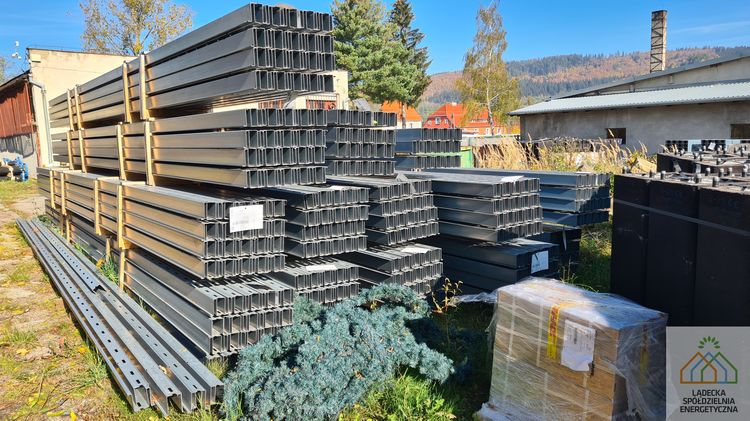EURECA
Good Practices



 Pictures:
Pictures:Photos by Lądecka Spółdzielnia Energetyczna - Lądek Energy Cooperative.
Renewable energy cooperative.
Country:Main Subject:
Description:
Public involvement in the development of renewable energy sources is crucial, as it helps mitigate the resistance often encountered by RES (Responsible Energy Sources) investments. Wind turbines can provoke complaints about vibration and noise, photovoltaic farms may disrupt landscapes, and biogas plants can emit unpleasant odours. However, the perception of these nuisances can shift dramatically when residents share in the benefits of these projects, whether through wind energy, solar power, or methane production. One effective method to overcome local resistance is through the establishment of energy cooperatives.
An energy cooperative brings together residents, government units, or businesses within a community to develop new renewable energy installations or enhance existing ones using locally available resources. This collaborative approach not only spreads investment costs across a wider base but also enables the construction of more efficient installations, ultimately serving a larger number of energy consumers.
As of February 2024, Poland boasts 26 energy cooperatives, all focused on generating electricity from solar power via photovoltaic farms. Under the Polish Renewable Energy Sources Act, these cooperatives are permitted to engage in electricity, biogas, or heat generation exclusively for their own needs and those of their members. The allowable capacities are as follows:
● For electricity: The total installed capacity of all RES installations should be sufficient for the cooperative and its members to cover at least 70% of their own energy needs, with a maximum limit of 10 MW.
● For heat: The total thermal output should not exceed 30 MW.
● For biogas: The combined annual capacity of all installations should not surpass 40 million m3.
Energy cooperatives established in rural and urban areas, serve as models for community-driven renewable energy initiatives. Notable examples include the municipal energy cooperative "Otwarty Jazdów" in Warsaw and the Michalowo Energy Cooperative near Bialystok in the municipality of Michalowo.
Reference links:
https://www.hub.coop/pierwsza-miejska-spoldzielnia-energetyczna/
https://michalowo.eu/co-nam-da-spoldzielnia-energetyczna-spotkanie-informacyjne-w-ramach-projektu-renaldo/
https://www.gov.pl/web/kowr/wykaz-spoldzielni-energetycznych
https://energytradesolutions.pl/samowystarczalnosc-jst/spoldzielnia-energetyczna/
https://lse.ladek.pl/
https://magazynbiomasa.pl/spoldzielnie-energetyczne-szansa-na-rozwoj-branzy-biogazu/?fbclid=IwAR2Fzy5LZhxL_VXvuUQGWQv1vPA2EgwCfMOBIhJ55nVj3FxDIFnfnpOsBlQ
SDG direct/ indirect short justification:
Direct SDGs:
SDG 7. Ensure access to affordable, reliable, sustainable and modern energy for all
Indirect SDGs:
SDG 9. Build resilient infrastructure, promote inclusive and sustainable industrialization and foster innovation.
SDG 11. Make cities and human settlements inclusive, safe, resilient and sustainable
SDG 17. Strengthen the means of implementation and revitalize the Global Partnership for Sustainable Development.
Justification:
The activity meets Target 7.2.1 Renewable energy share in the total final energy consumption and 7.1.2 Proportion of population with primary reliance on clean fuels and technology.
Keywords:
City:
Questions:
- What is energy cooperative?
- What kind of renewable energy can be produced by energy cooperative?
- What are the concerns of local communities regarding renewable energy sources (photovoltaic farms, windmills, biogas plants)?
Authors:
Piotr Znaniecki
Fundacja SocLab




